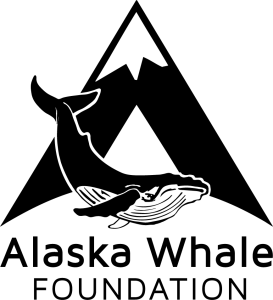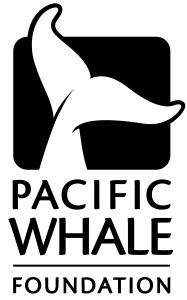QUANTIFYING HUMPBACK WHALE HEALTH ACROSS HAWAII AND SOUTHEAST ALASKA IN THE FACE OF HUMAN IMPACTS AND CLIMATE CHANGE
LOCATION: HAWAII, UNITED STATES
Lars Bejder, PhD; Martin van Aswegen
Marine Mammal Research Program, Hawaii Institute of Marine Biology, University of Hawaii at Manoa
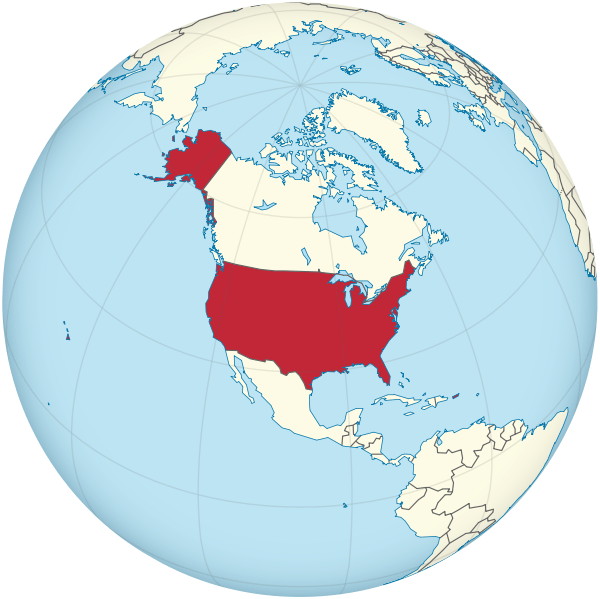
IN THE WAKE OF WHALES DOCUMENTARY
Every year, thousands of humpback whales travel nearly 3,000 miles from Alaska to Hawaiʻi to give birth. In the Wake of Whales takes you into the heart of this incredible migration, revealing the science, sacrifice, and strength behind one of nature’s greatest journeys.
Follow the Marine Mammal Research Program (MMRP) at the University of Hawaiʻi Mānoa as they study whale behavior, health, and reproduction, all while facing the growing impacts of climate change. From stunning underwater footage to fascinating facts (like the 22 million calories a pregnancy costs a humpback mom), this 12-minute film brings whale conservation to life. You’ll also see how researchers use fluke photos to track over 10,000 individual whales in a global database, making this one of the largest whale catalogs in the world.
Dolphin Quest is honored to support this research which combines the best of science, education, and conservation, and makes it accessible for everyone.
PROJECT SUMMARY
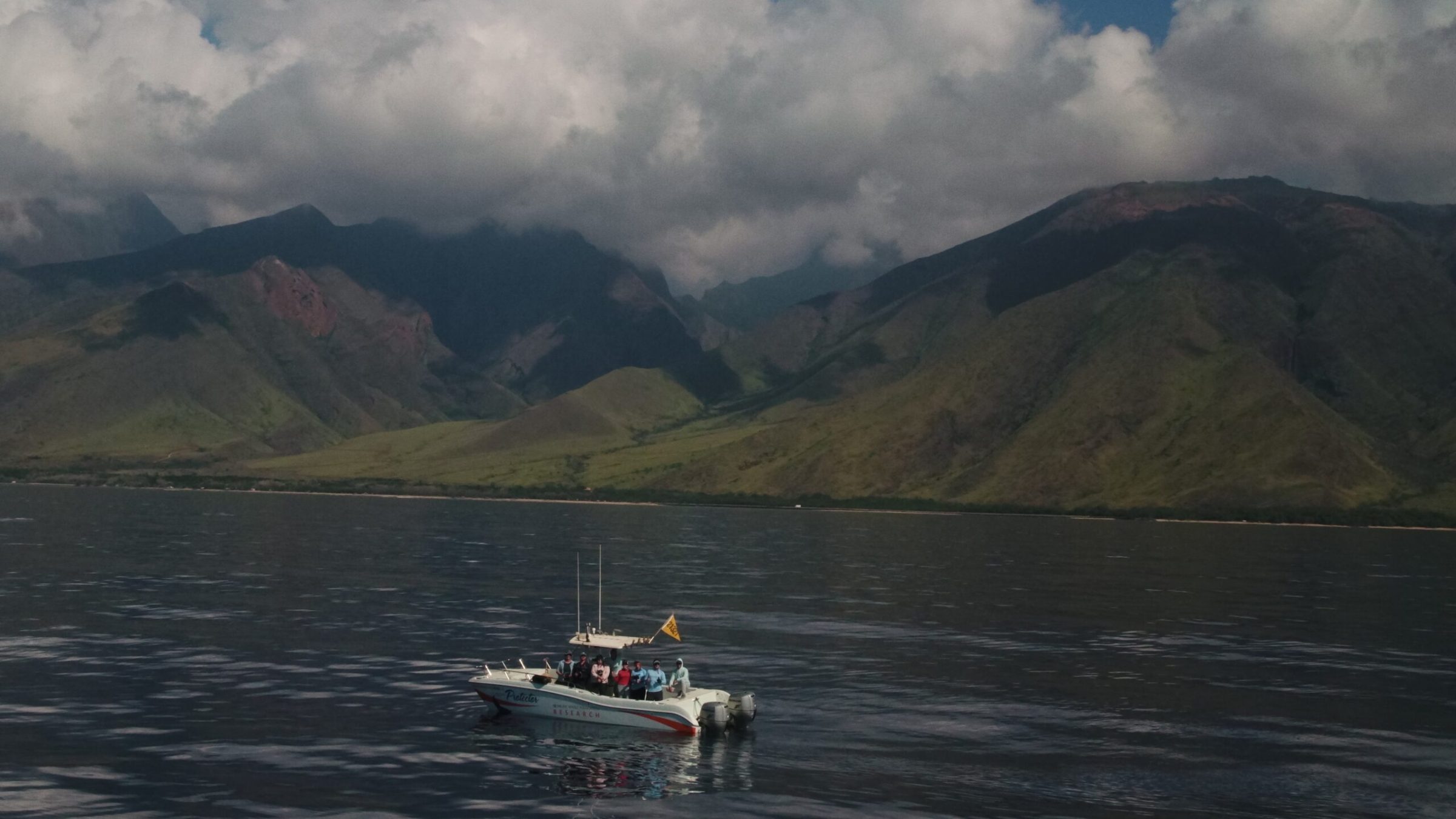
Martin van Aswegen, MMRP, HIMB, University of Hawai’I at Manoa
Humpback whales (HBW) are educational, cultural, and economic pillars in Hawai’i. Between 2013-2019, declines in HBW abundance and reproduction were documented throughout the North Pacific. These declines coincided with the longest lasting marine heatwave globally, which impacted whale food availability and fishing gear entanglement rates.
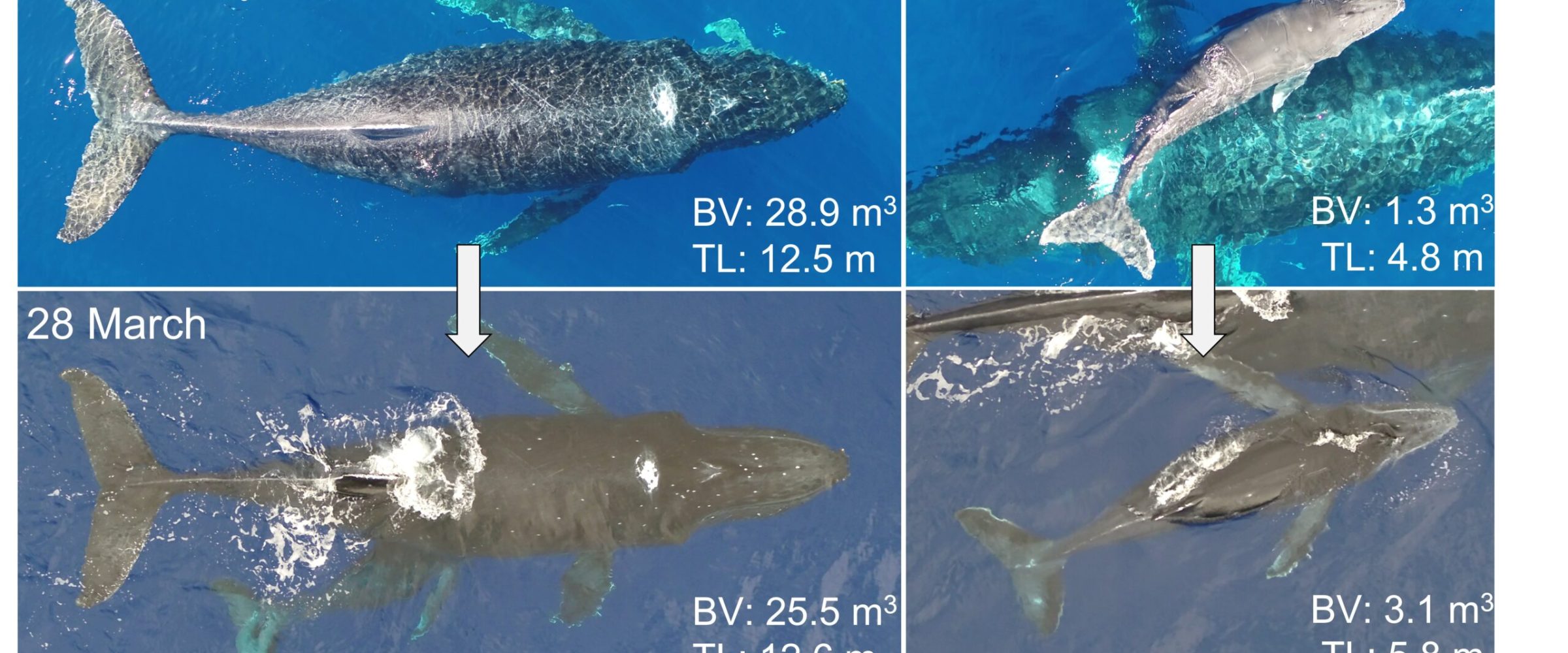
Martin van Aswegen, MMRP, HIMB, University of Hawai’I at Manoa
These trends highlighted the need for an improved understanding of HBW population health in relation to key threats such as fishing gear entanglement, ship strike and climate change. Body condition (BC) is defined as an animal’s energy reserves, ultimately reflecting the health and productivity of the ecosystem in which it lives. Here, we are using unoccupied aerial systems (drones) to non-invasively quantify the size and condition of HBW.
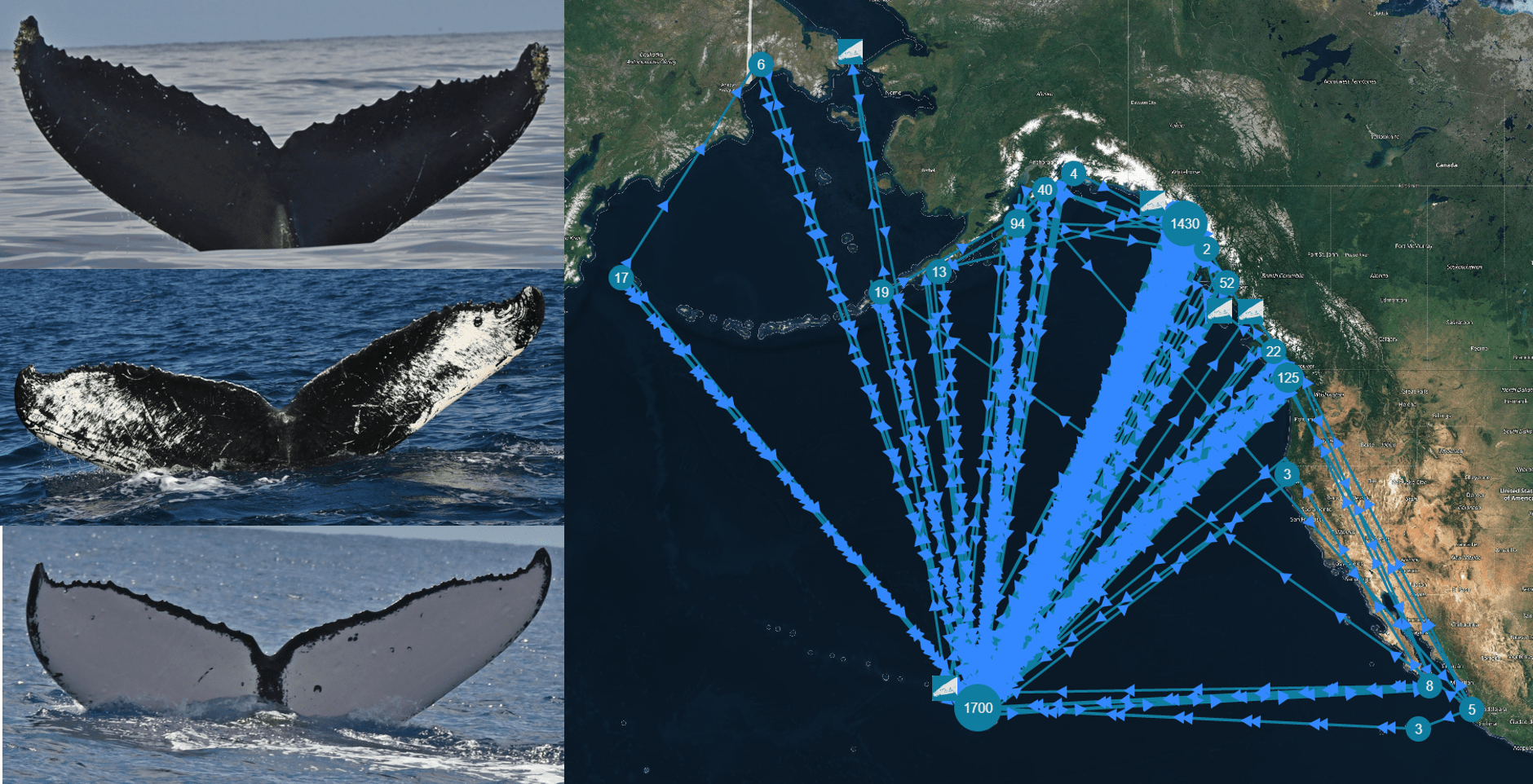
Martin van Aswegen, MMRP, HIMB, University of Hawai’I at Manoa
To date we have collected the world’s largest dataset on HBW BC collected on their Hawaiian breeding and Alaskan feeding grounds, representing ~40% of the Hawaii HBW population. Maintaining this large-scale effort is critical if we are to clarify the effects of entanglements, ship strikes and climate change. This will provide a more comprehensive understanding of how whales are responding to key threats and can therefore represent valuable metrics for monitoring HBW and ecosystem health in a changing environment.
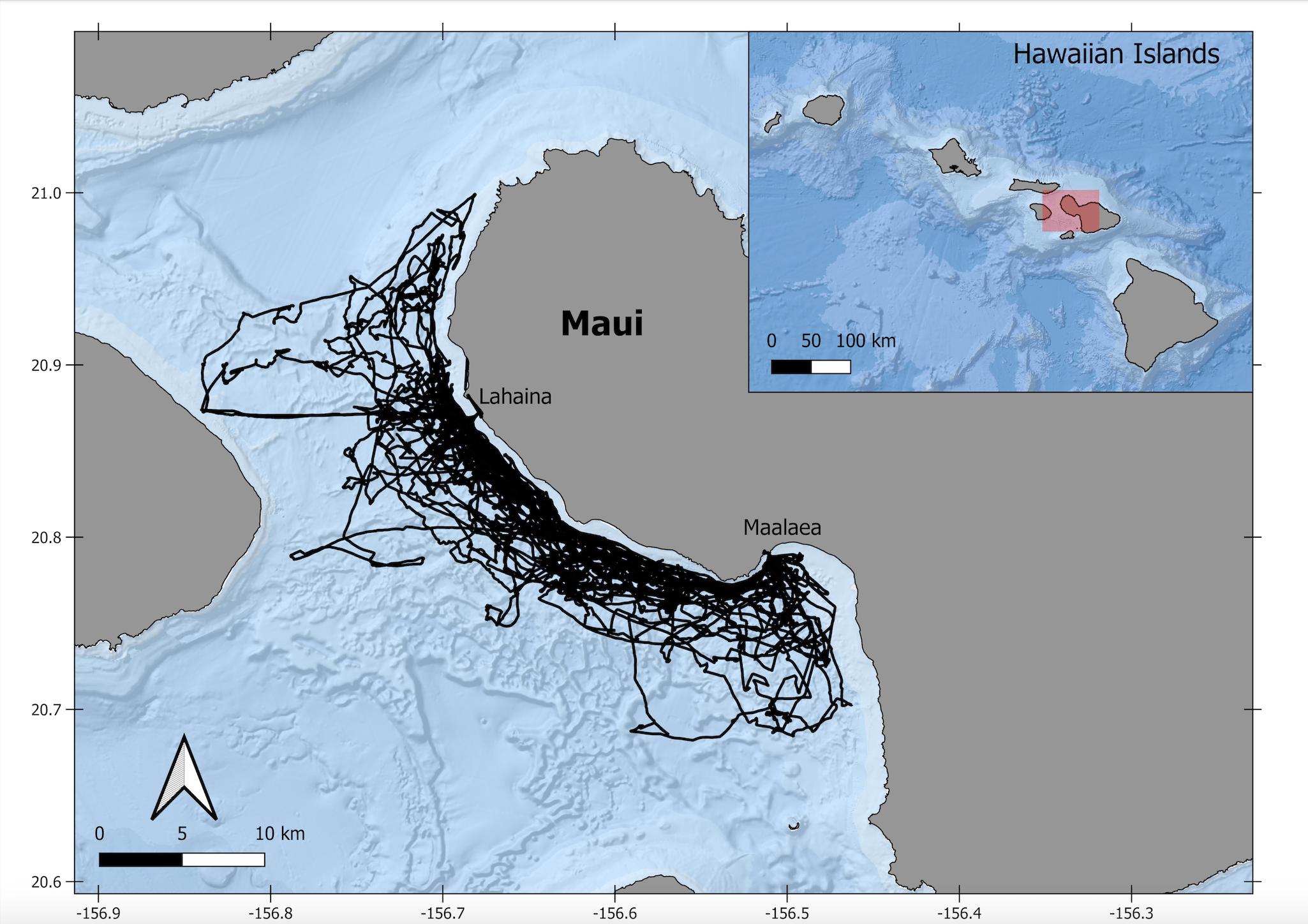
Martin van Aswegen, MMRP, HIMB, University of Hawai’I at Manoa
